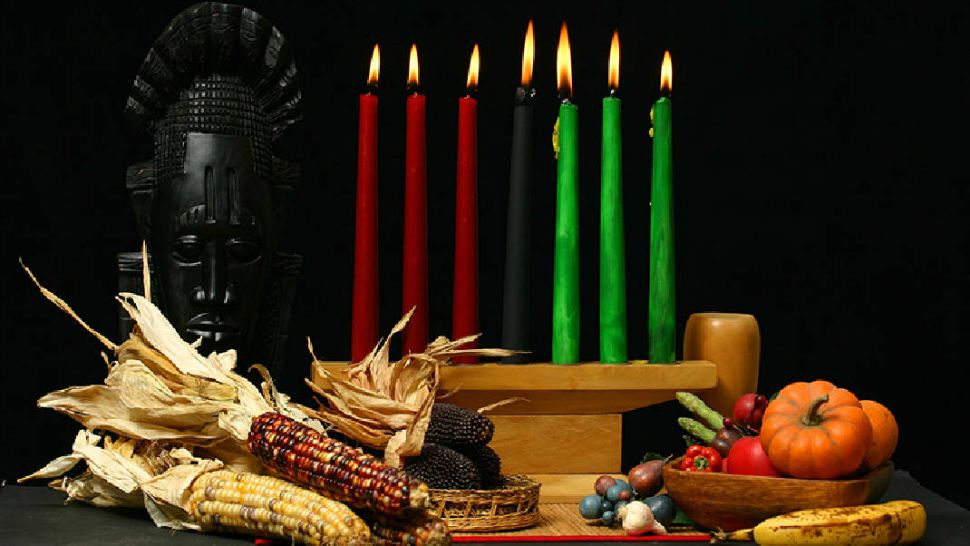TEXAS – On December 26, millions of people throughout the world’s African community start week-long celebrations of Kwanzaa.
Celebrations include daily ceremonies with food, decorations and cultural objects such as the Kinara, which holds seven candles.
During each of the seven nights of Kwanzaa, a candle is lit. Each candle represents one of the seven principles that are celebrated and that represents a special value in African-American culture.
The seven principles:
- Unity (umoja)
- Self-determination (kujichagulia)
- Collective work and responsibility (ujima)
- Cooperative economics (ujamaa)
- Purpose (nia)
- Creativity (kuumba)
- Faith (imani)
The seven celebratory symbols:
- Place mat (mkeka)
- Ear of corn (vibunzi)
- Seven candles (mishumaa saba)
- Candle holder (kinara)
- Unity cup (kikombe cha umoja)
- Gifts (zawadi)
Kwanzaa is a nonreligious holiday and was founded in 1966 by Maulana Karenga, a professor of Black Studies at California State University, to create and help build stronger communities between African Americans and their neighborhoods.
It is celebrated in many different ways which often include storytelling, songs, dance and a large meal.



